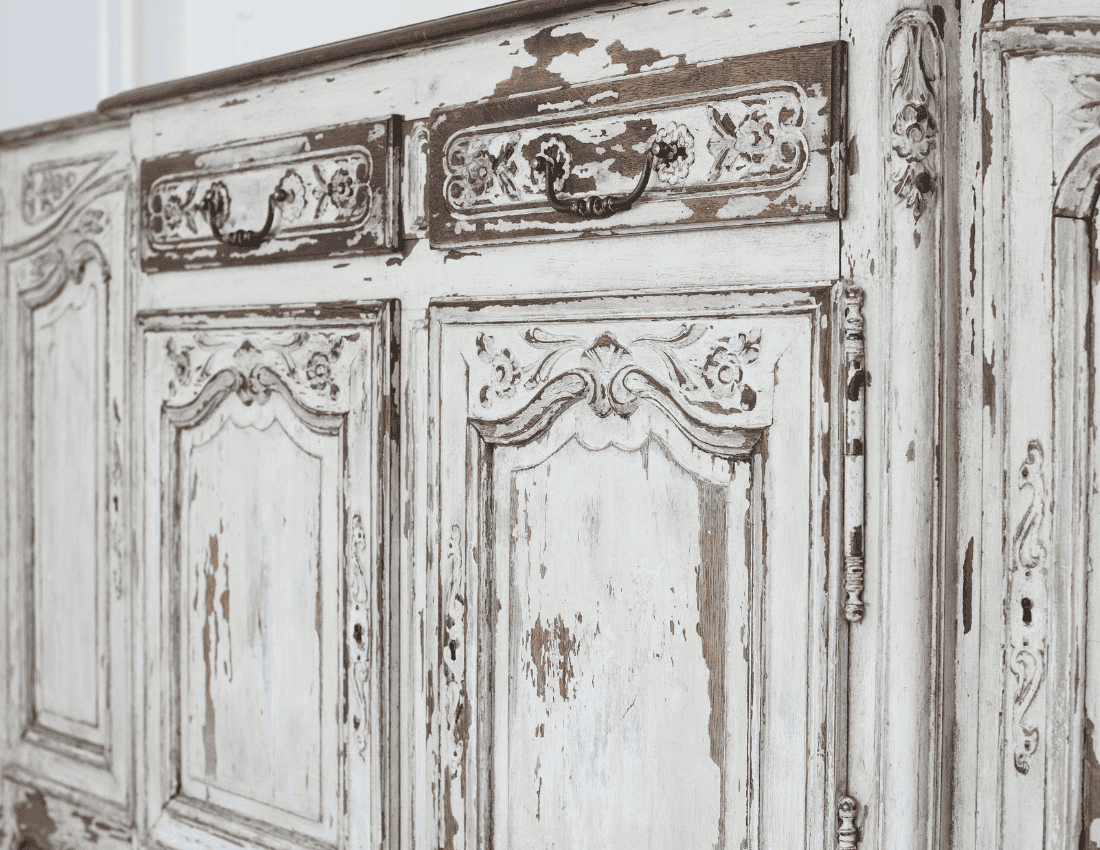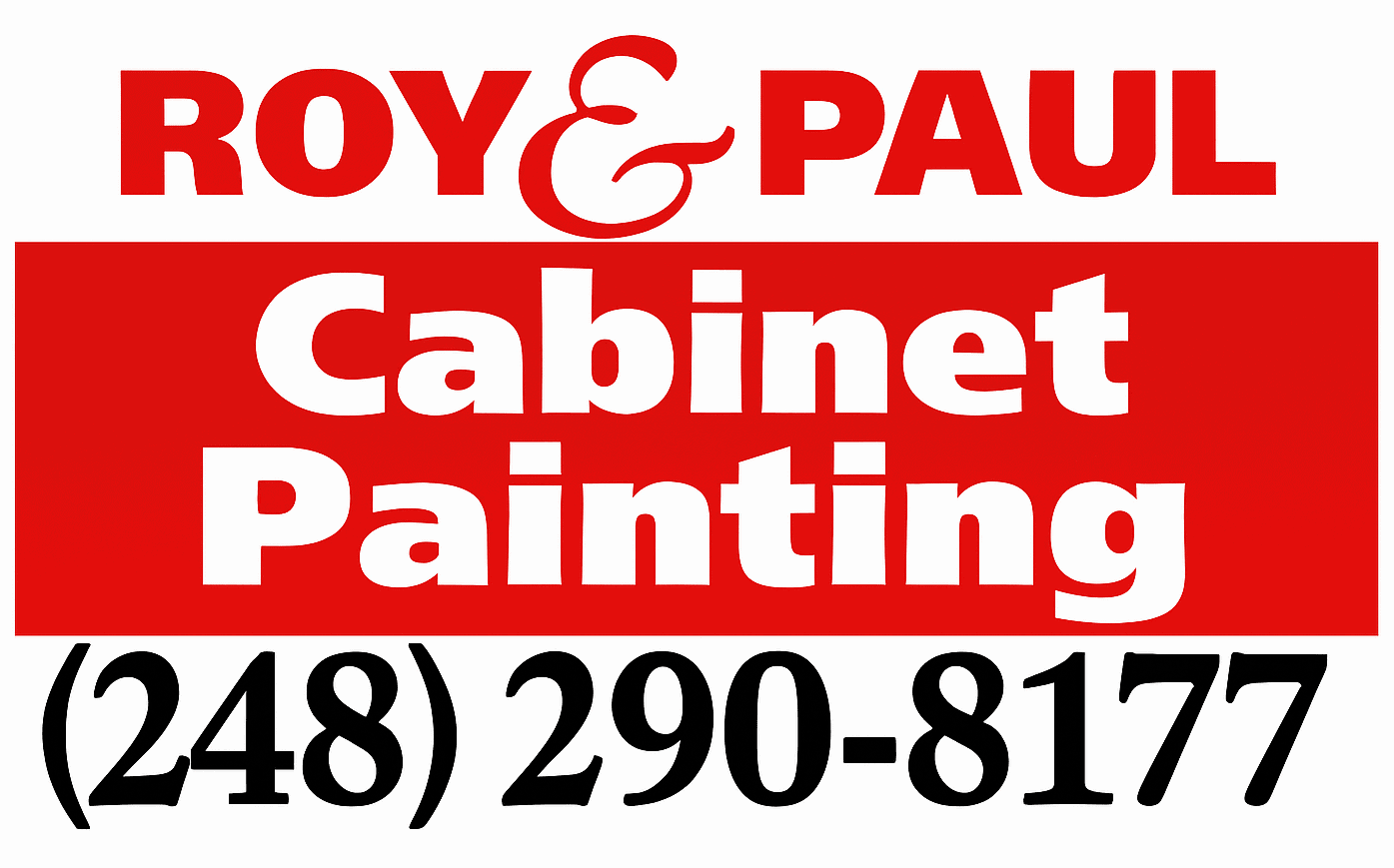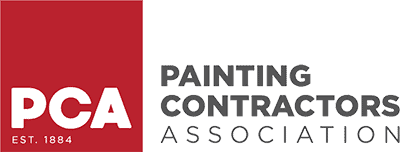A fresh coat of paint on your cabinets should give your kitchen or bathroom a whole new look. But what happens when that smooth, beautiful finish starts peeling just weeks or months later?
It’s frustrating, and you’re left wondering, why is fresh paint peeling off cabinets so soon?
Cabinet painting isn’t the same as painting walls. Your cabinets deal with heat, humidity, moisture, grease, and constant use—so if something goes wrong in the process, peeling is almost guaranteed.
The good news? It can be fixed, and more importantly, prevented.
If your freshly painted cabinets are peeling, we’ll walk you through why it happens, how to fix it, and what steps professional cabinet painters in Royal Oak, MI take to make sure your finish lasts.
Key Takeaways:
- Poor prep work is the #1 reason fresh paint peels off cabinets.
- The wrong paint or primer leads to weak adhesion and early failure.
- Humidity, grease, and heat from cooking weaken paint over time.
- Rushing the drying process or skipping proper curing can cause peeling.
- Professional cabinet painters in Royal Oak MI use the right methods to prevent these issues for a long-lasting finish.

Common Reasons Why Fresh Paint Peels Off Cabinets
Nothing is more frustrating than seeing your freshly painted cabinets start to peel. After all the effort of updating your space, you expect the finish to last.
But cabinets take a lot of daily wear, from constant touching to heat and moisture exposure. If something was missed during the prep or cabinet painting process, peeling paint is inevitable.
Here’s why it happens and how to avoid it.
1. Poor Surface Preparation
Paint doesn’t stick to dirty or glossy surfaces. Cabinets collect grease, food splatters, dust, and moisture—especially in kitchens and bathrooms. If cabinets aren’t properly cleaned, sanded, and primed, paint won’t adhere well, leading to peeling.
- Grease and dirt buildup: Cooking grease and dust create an invisible barrier between the cabinet and paint. Even if a cabinet looks clean, oils from hands and kitchen fumes can prevent paint from bonding.
- Skipping sanding: A glossy finish, old lacquer, or wood stain needs sanding for better adhesion. Without it, the paint just sits on top instead of gripping the surface.
- Dust left behind: After sanding, leftover dust can interfere with paint bonding. Any tiny particles left behind can cause bumps in the finish and weak adhesion.
2. Wrong Type of Primer or No Primer at All
Cabinet surfaces—whether wood, laminate, or veneer—need a strong primer before painting. Skipping this step or using the wrong type weakens adhesion.
- Latex primer on glossy surfaces: Some primers don’t bond well to slick finishes. A high-adhesion bonding primer is necessary to grip smooth surfaces.
- Skipping primer entirely: Going straight to acrylic paint or oil paint without a primer will lead to peeling. Primer acts as the middle layer that locks the paint onto the cabinet surface.
3. Using the Wrong Type of Paint
Not all paints are cabinet-friendly. If you use standard wall paint, it won’t hold up to daily wear and tear.
- Flat or matte paints lack durability and will peel faster under moisture and heat. These finishes absorb dirt and oils, making them harder to clean.
- Use a cabinet-grade enamel, acrylic paint, or oil paint for better adhesion and durability. Cabinet paints are formulated to withstand daily use.
- Paint sheen matters—semi-gloss or gloss finishes resist dirt and moisture better. A shinier finish is also easier to wipe down and clean.
4. Heat, Humidity & Moisture Exposure
The climate in Royal Oak, MI can be a factor in why fresh paint peels off cabinets. Humidity and temperature changes can break down paint adhesion.
- Humidity and moisture in kitchens and bathrooms weaken paint bonds. Running a dehumidifier while painting can help control moisture levels.
- Heat exposure from stoves, dishwashers, and steam expands cabinet materials, causing paint to crack. Wood naturally expands and contracts, which can lead to cracking paint if the wrong materials are used.
- Water damage from spills, sinks, or steam causes bubbling and peeling. Water can seep into unsealed areas, loosening the paint over time.
5. Rushing the Painting & Drying Process
Patience is key when painting cabinets. Rushing leads to weak adhesion and early peeling.
- Applying coats too fast: If the first coat isn’t dry, the second won’t stick properly. Each layer needs time to settle and bond.
- Not letting paint fully cure: Cabinets need at least 2-4 weeks for full hardness. Even if paint feels dry to the touch, it’s still soft underneath and can be easily damaged.
How to Prevent Paint from Peeling Off Cabinets
If you want cabinets that stay looking fresh for years, follow these steps:
1. Proper Cabinet Preparation
- Degrease thoroughly using a strong cleaner to remove oil and dirt. Kitchen cabinets are magnets for grease, and if left behind, it will prevent paint from adhering properly.
- Sand with fine-grit (220) sandpaper for a smooth, adhesive-friendly surface. This step removes any glossy finish and creates a rough texture for the primer to grip.
- Wipe off all dust with a damp towel before applying primer. Leftover dust particles can get trapped in the paint, causing an uneven finish and weak adhesion.
2. Use the Right Primer
- Choose a primer based on your cabinet material (wood, laminate, veneer). A high-adhesion primer is essential for creating a strong foundation.
- For humid areas, use an oil-based or shellac primer to prevent peeling. These primers resist moisture better than latex options and help lock in tannins from wood that can bleed through paint.
3. Pick the Right Paint
- Go for durable acrylic, oil, or cabinet enamel paint. These paints are formulated to resist chipping and withstand daily use.
- Use a semi-gloss or gloss sheen for durability and easy cleaning. Higher sheens create a harder, moisture-resistant surface that lasts longer.
4. Control the Environment
- Avoid painting on humid days. Use a dehumidifier if needed. High moisture levels can interfere with paint drying and cause it to remain sticky.
- Keep moisture and grease away from drying cabinets. Avoid cooking, running hot water, or creating steam near freshly painted surfaces.
5. Let Cabinets Cure Before Heavy Use
- Allow 6-8 hours between coats. Rushing the process leads to weak adhesion and possible peeling later.
- Wait 2-4 weeks before putting full weight on cabinet doors and drawers. Even if the paint feels dry, it takes time to fully harden and resist daily wear.
How Our Cabinet Painters in Royal Oak, MI Can Help

Tired of dealing with peeling cabinets? Professional cabinet painters in Royal Oak MI use the right process to get a finish that lasts.
Here’s how we do it:
- Deep cleaning: We remove all grease, dust, and dirt before painting.
- Expert sanding: We smooth out surfaces for a strong bond.
- High-quality primer: We use the right primer for wood, laminate, or veneer.
- Premium paints: We apply durable acrylic paint, oil paint, or cabinet enamel.
- Even application: We apply coats evenly for a flawless, lasting finish.
- Proper drying time: We allow full curing to prevent future peeling.
Ready to upgrade your cabinets?
Contact Roy & Paul Cabinet Painting today for a FREE estimate in Rochester, Madison Heights, MI, and the surrounding areas! Call us at 248-665-8500 to get started!

